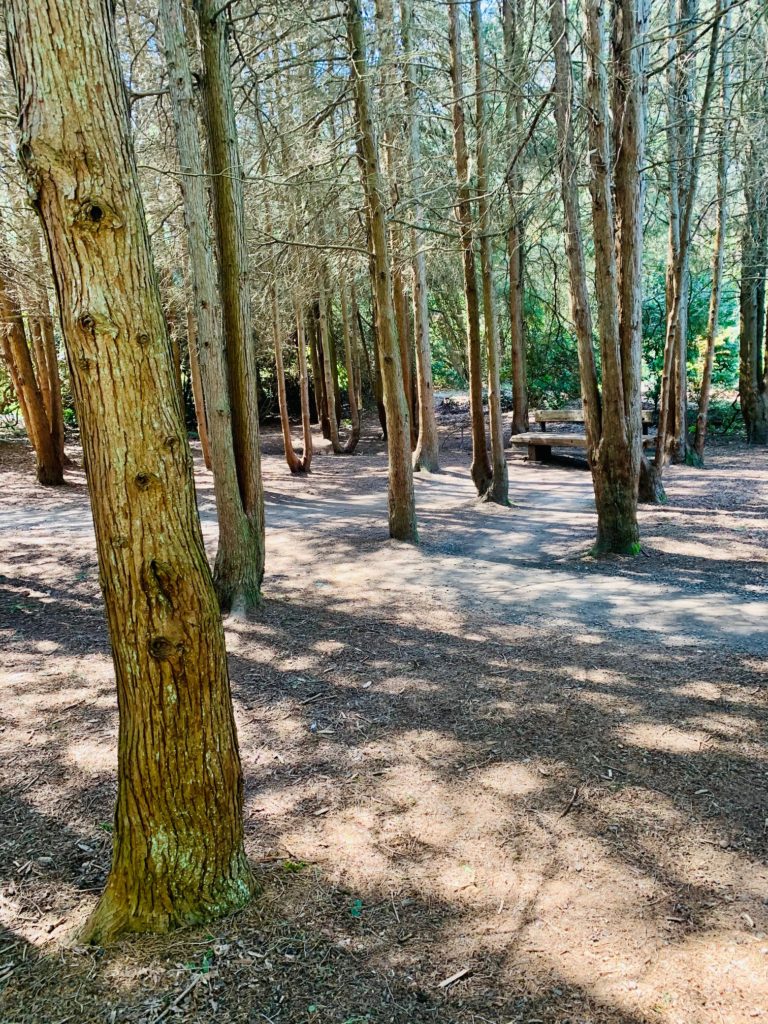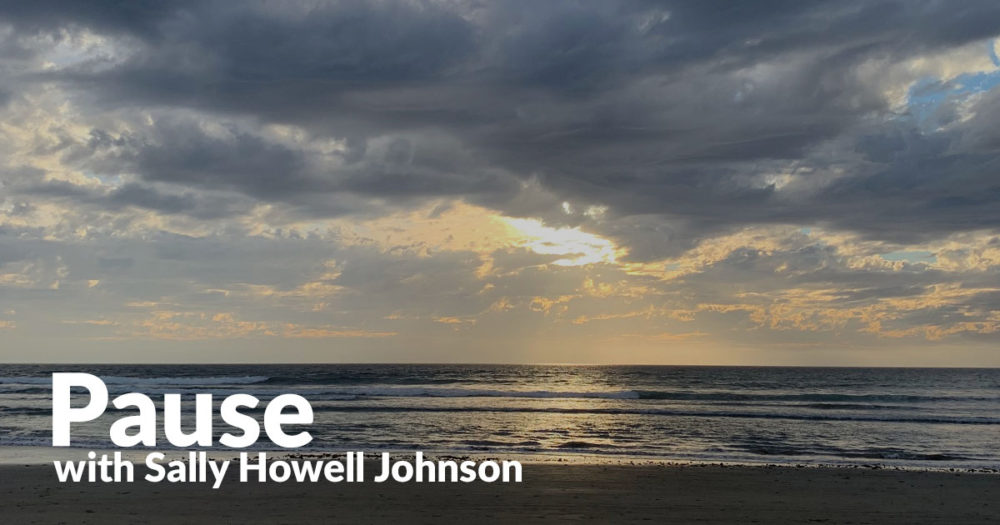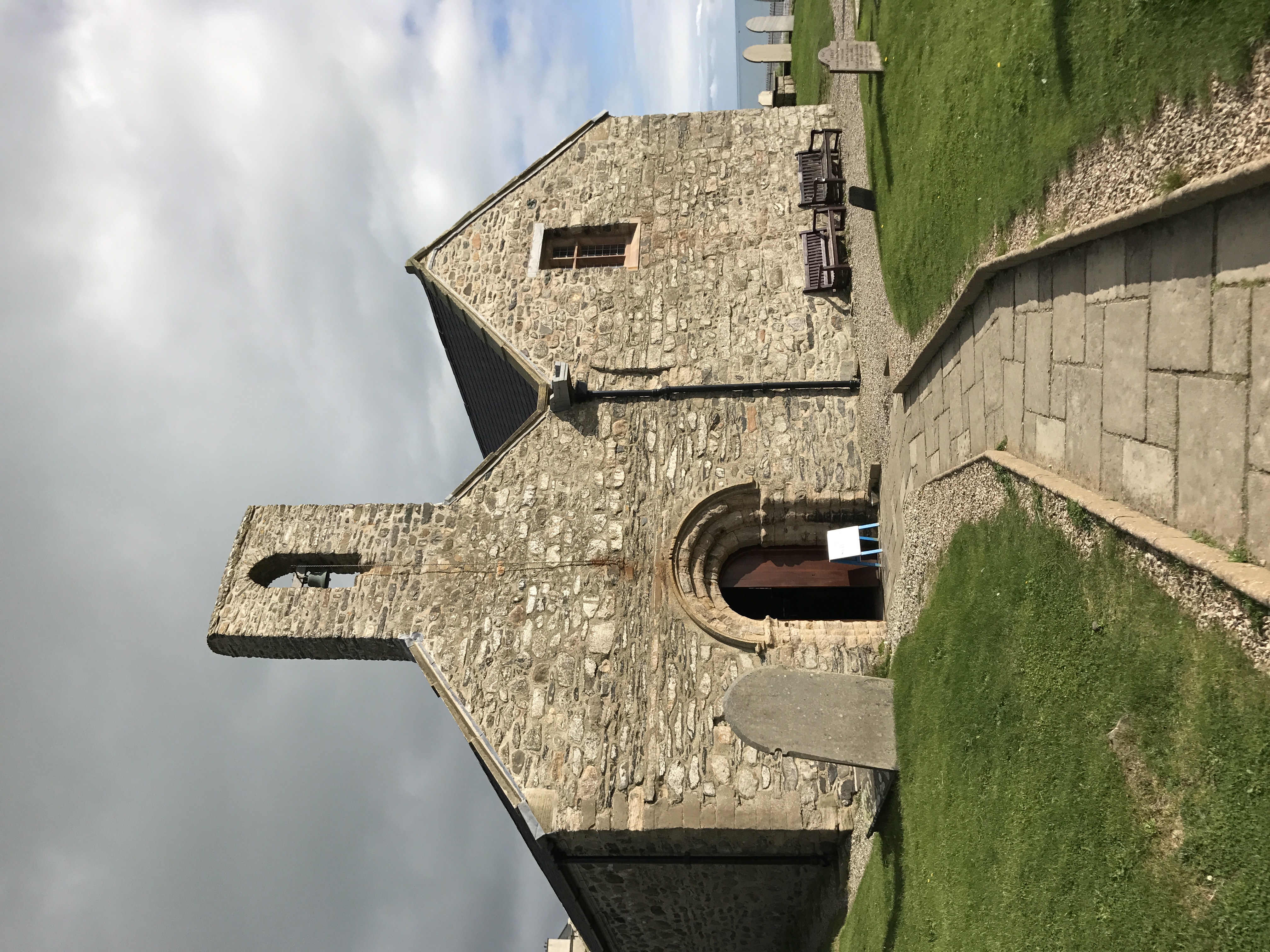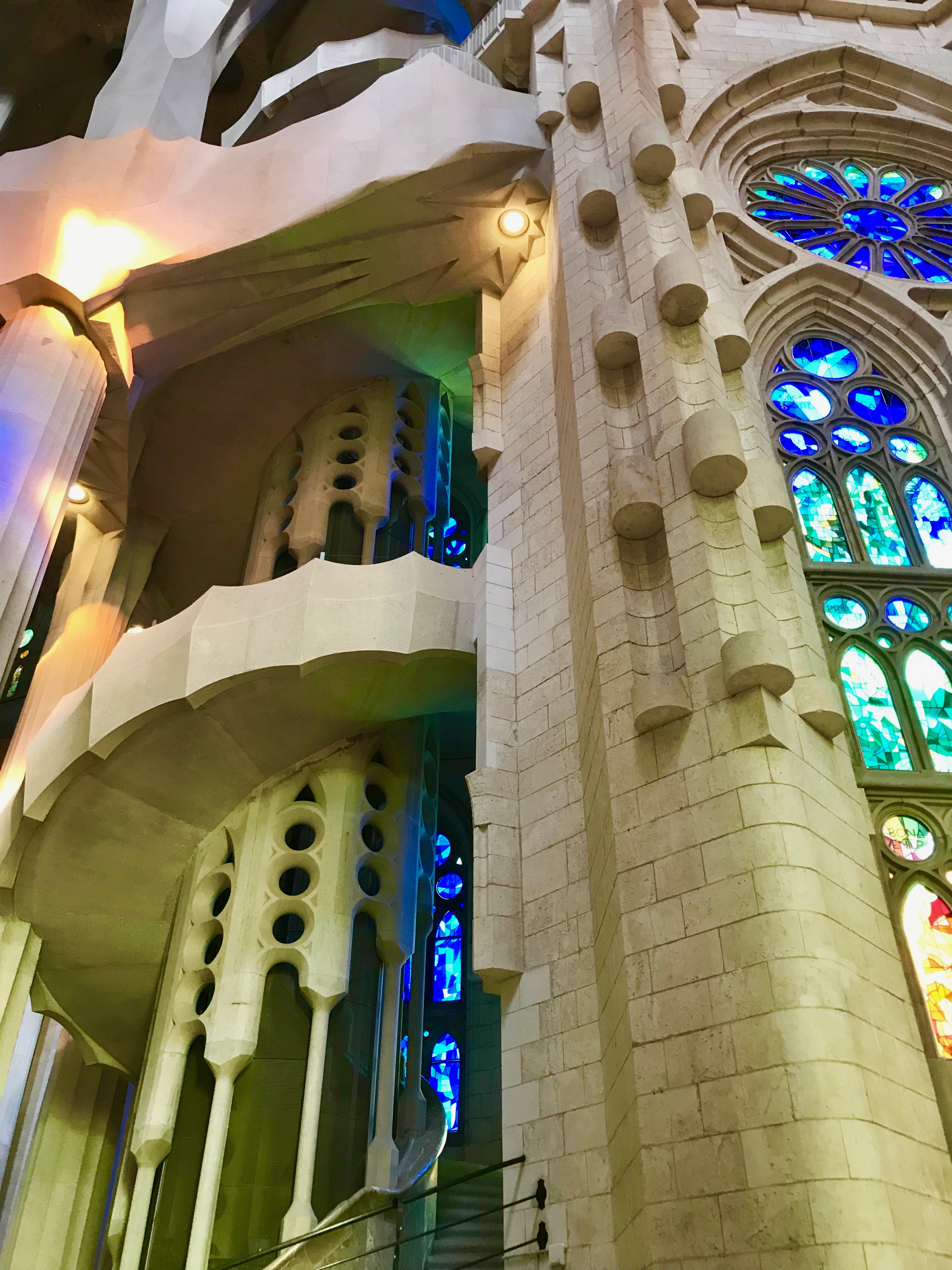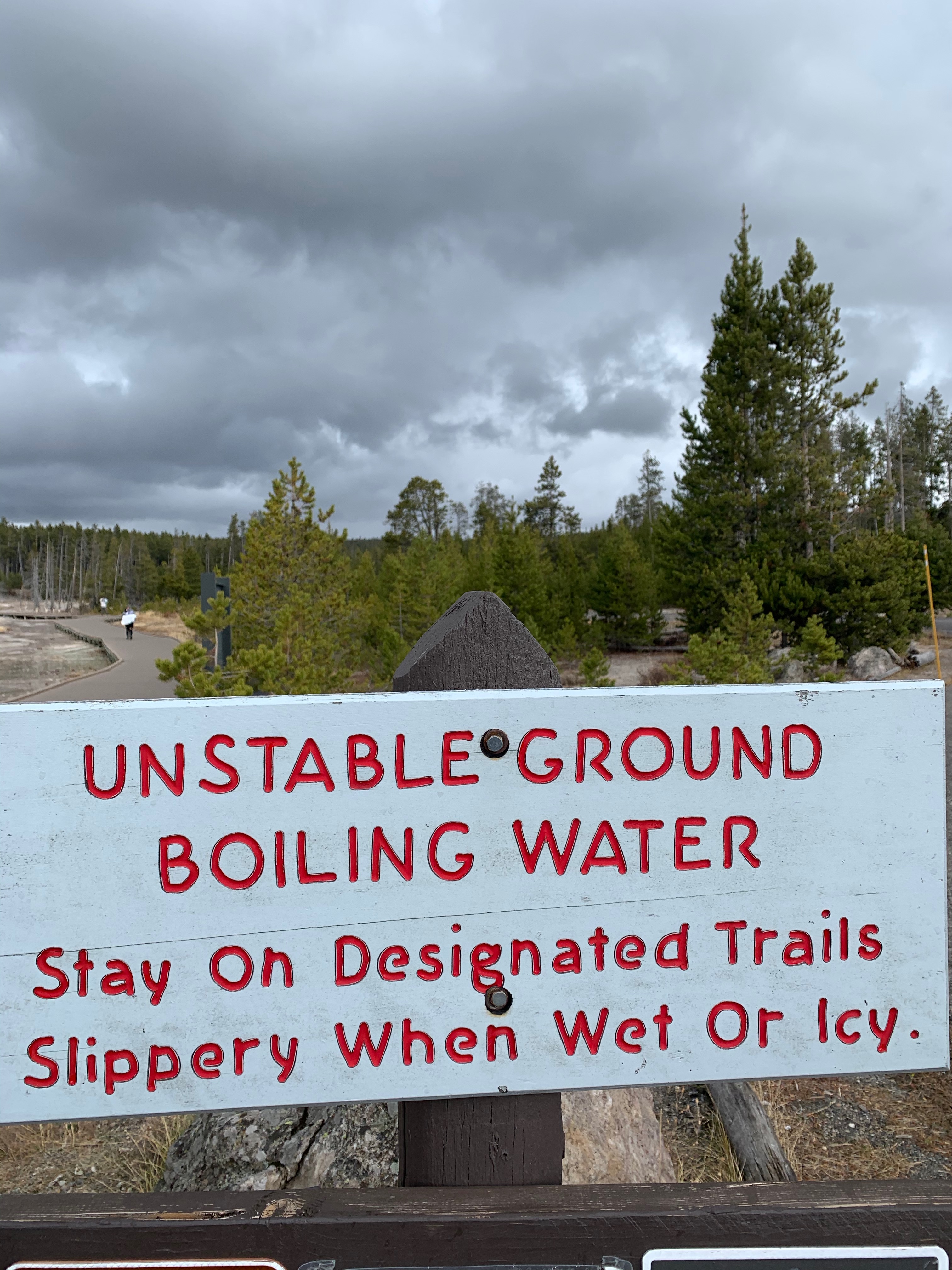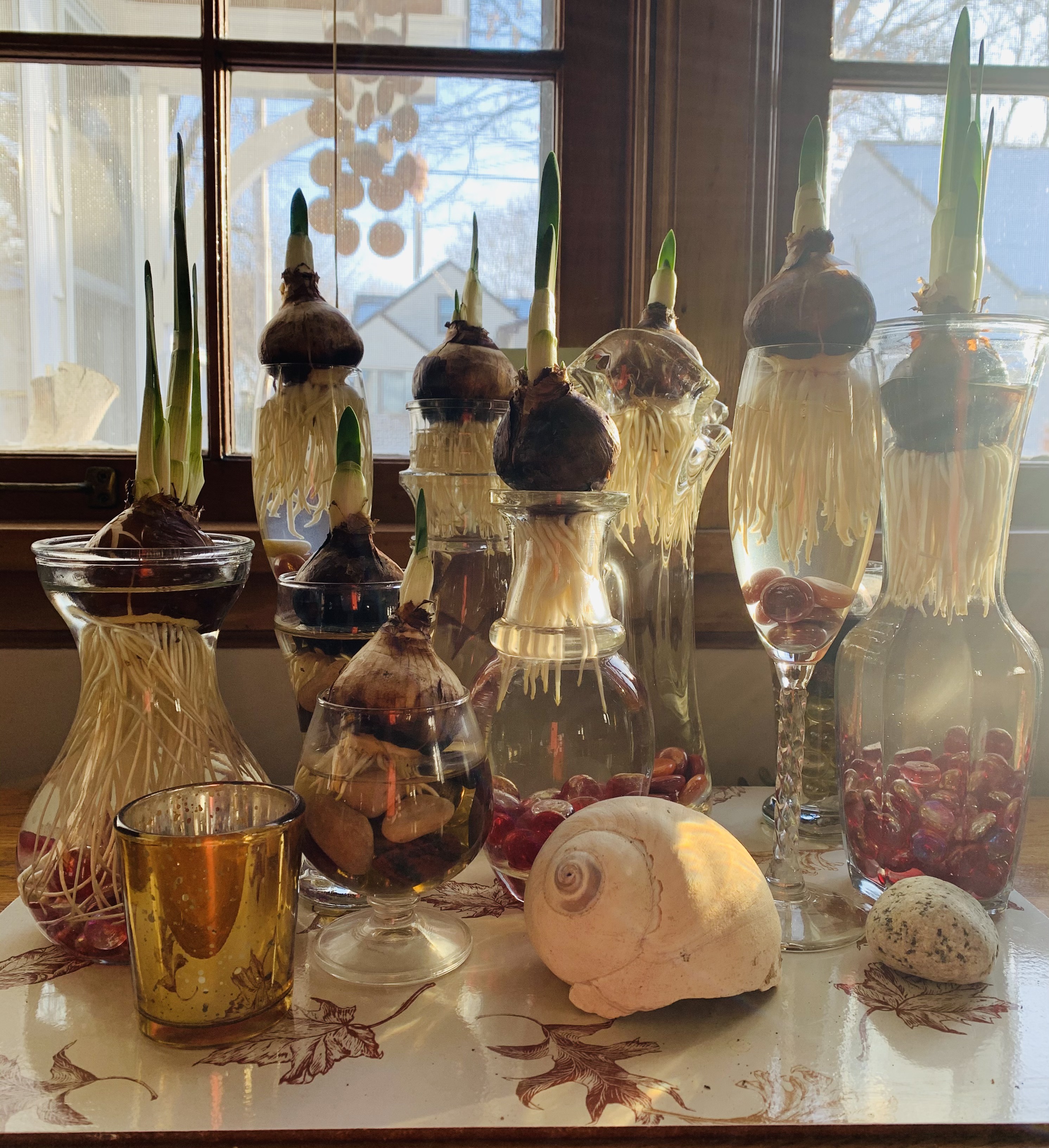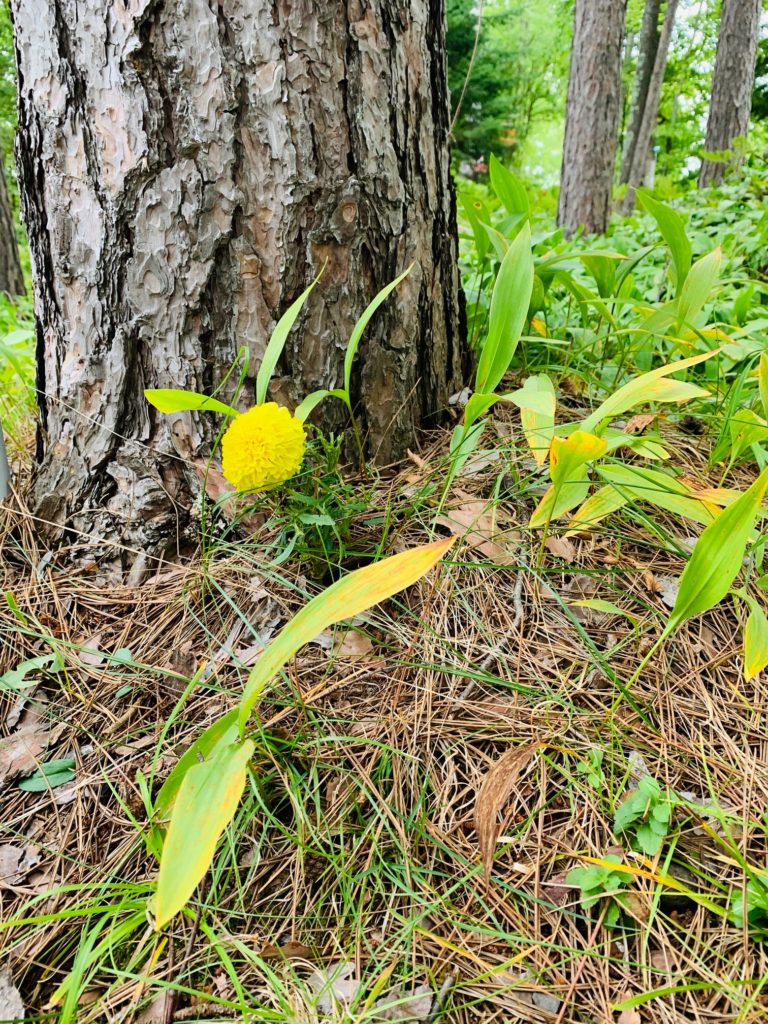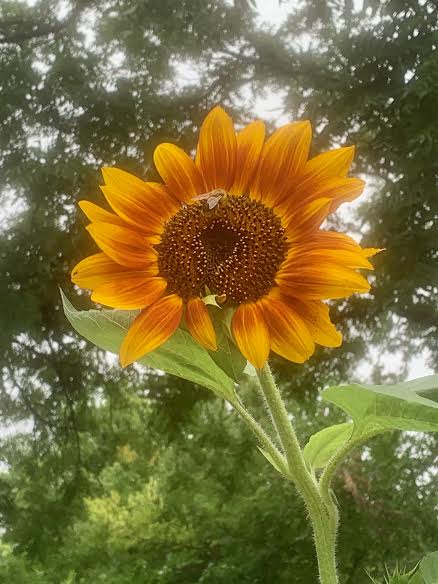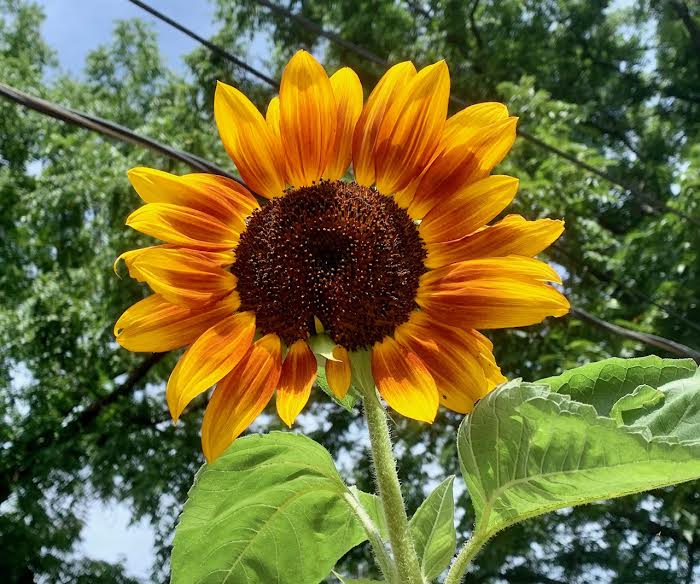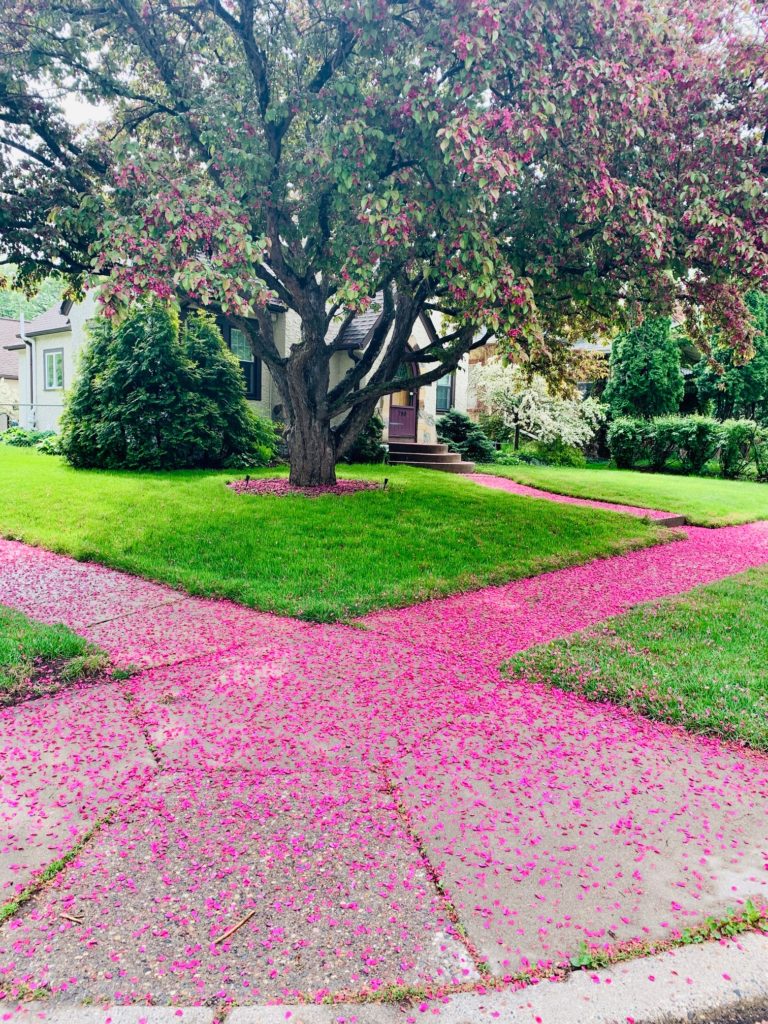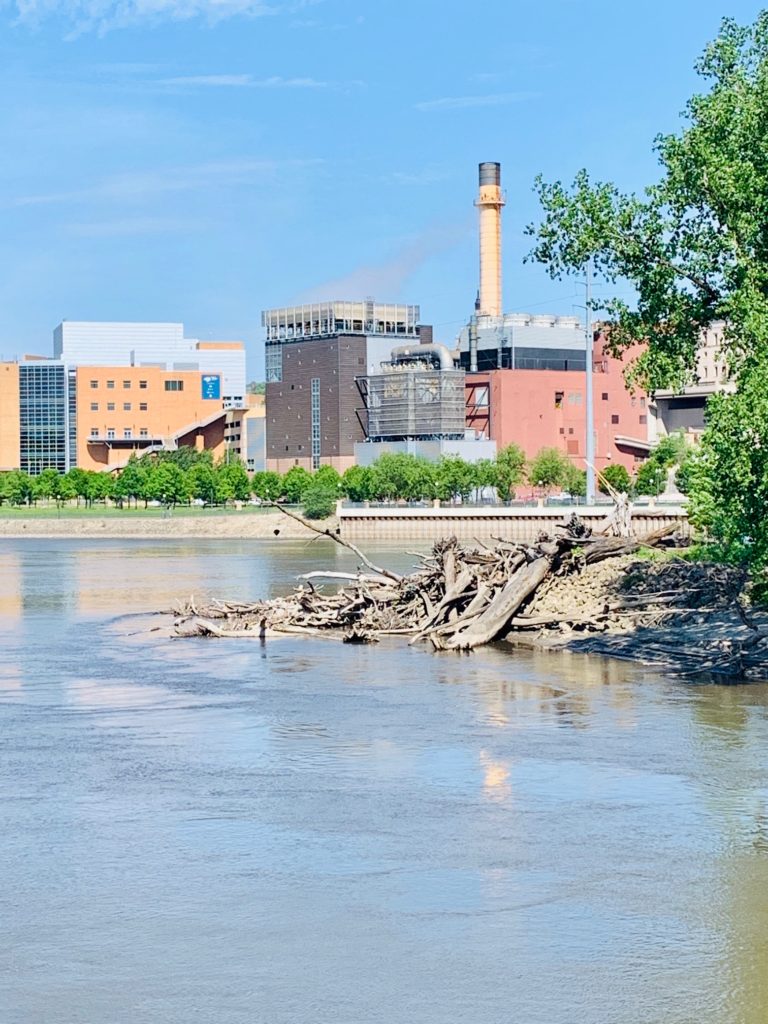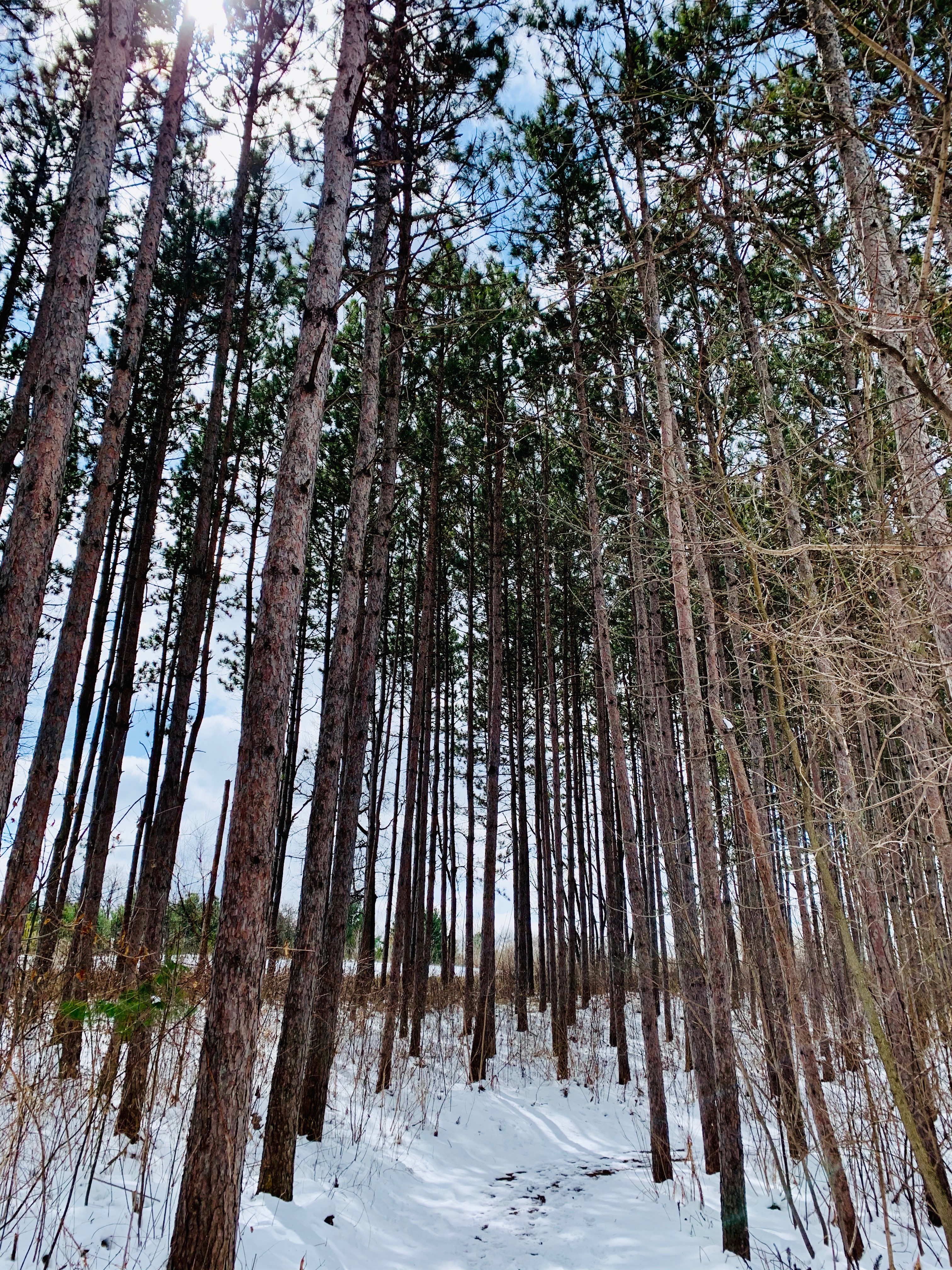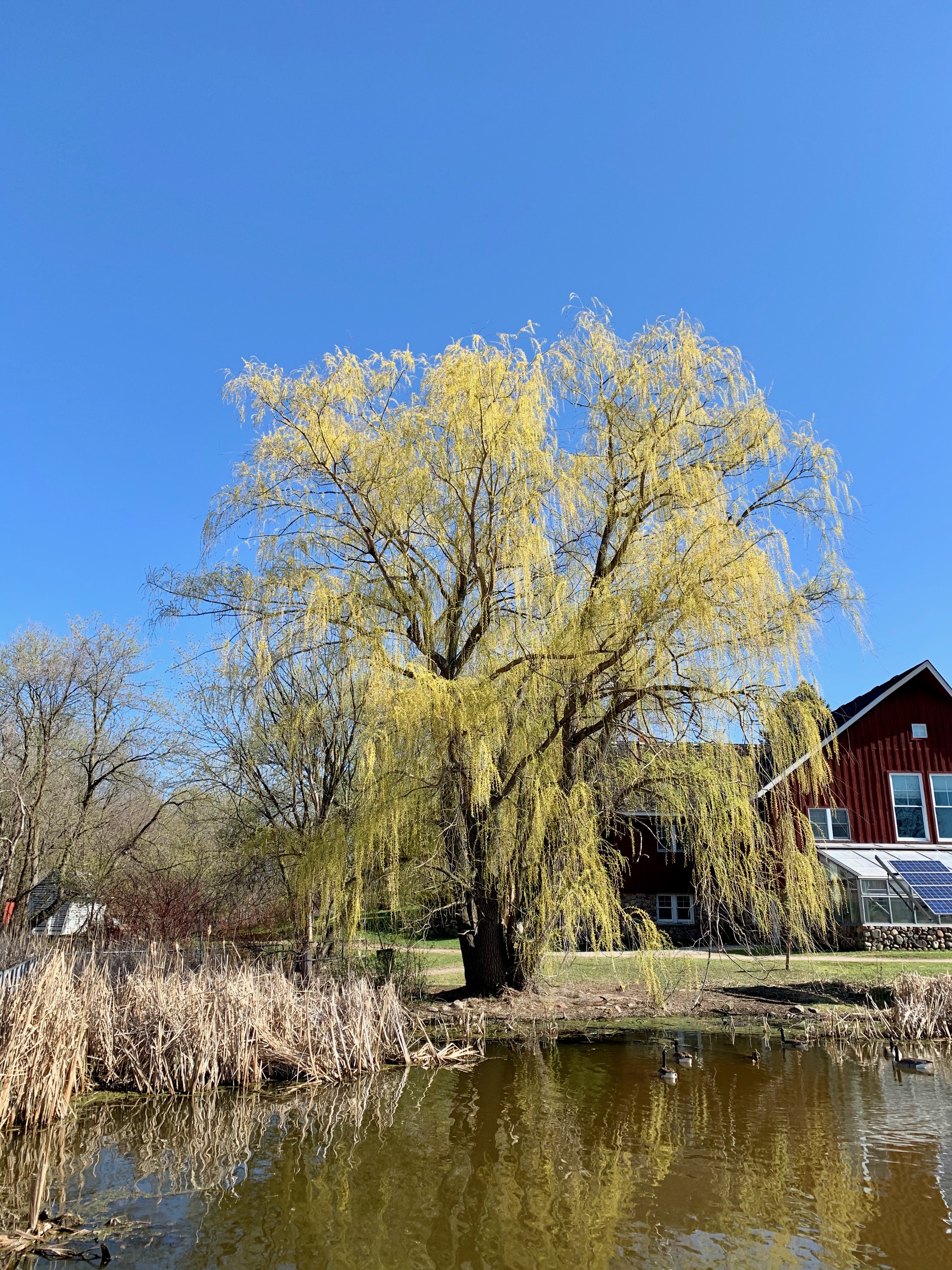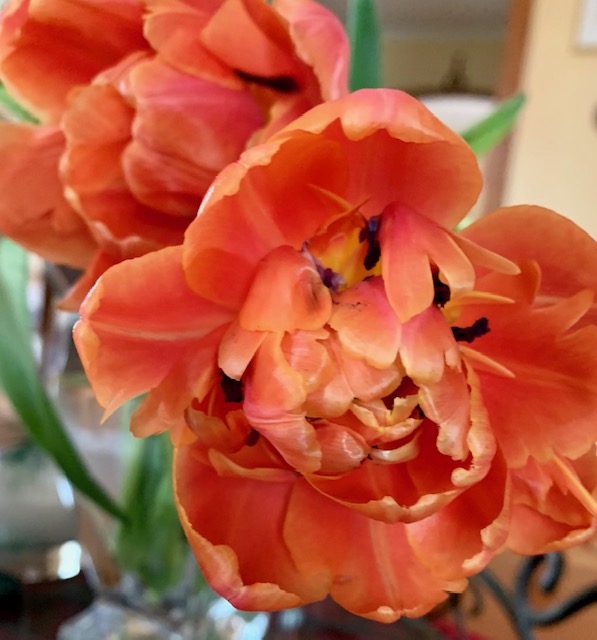Regrets…I’ve had a few…
~Lyrics by Paul Anka…sung by Frank Sinatra
There are changes happening in this world we have been traveling in since the pandemic began. The days of total isolation are finding openings and with those openings people are assessing what has happened to us, looking for markers of accounting for the days and months that have passed. Of course, there are the very real markers of lives lost and grief deferred for so many. How will we reckon with those wounds on our souls both individually and collectively? As more of us are vaccinated, we are confronted with the inequities of racial, social, medical, economic realities that have always been there but been made both more visible and palpable. How will we heal and make a new way in this wilderness? During the months that have passed we asked ourselves so many questions, searched for answers that eluded our grasp and brought home the truth of how little control any of us have over the simplest and deepest of life’s realities. What have we learned from this…and how quickly will we forget its truth once, as many like to say, “Life gets back to the way it was. Normal.”?
I have been reflecting over the last weeks about what I’ve really done with this last year. In the first days, when we were told to stay home, when many of us were having everything delivered(another point of privilege), when I washed my groceries, sanitized everything in sight, and washed my hands countless times a day, I had some ideas of ‘things I would accomplish’ since I had to stay at home anyway. I may have cleaned a drawer or two. I worked a puzzle. I walked many miles. I read a lot of books and Netflix and I are intimately acquainted.
Unlike many, I could not do much more than that. I am in awe and inspired by many of my friends who did so much with the time…created beautiful things, took online classes, organized all those closets, drawers and files that had just been sitting there waiting for ‘when there is more time’. My confession is that I could not do any of that and now I have the feeling of regret. This regret is seeping into my thoughts with great regularity.
In between the times when I am putting on my regret coat, I have remembered that one of the things that did sustain me and kept me uplifted was poetry. And since April is National Poetry Month, I think it is a good time to give thanks for the poets…those artists who give us just enough words, but not too many, to help us feel, clarify, lament, and celebrate whatever life is dishing up. The poem that I kept going back to during the last year is a familiar one that always has the power to put me right: The Peace of Wild Things by Wendell Berry
When despair for the world grows in me
and I wake in the night at the least sound
in fear of what my life and my children’s lives may be,
I go and lie down where the wood drake
rests in his beauty on the water, and the great heron feeds.
I come into the peace of wild things
who do not tax their lives with forethought
of grief. I come into the presence of still water.
And I feel above me the day-blind stars
waiting with their light. For a time
I rest in the grace of the world, and am free.
Just imagining myself into those words brings me to a depth of wisdom that never fails. In the despairing moments that have visited in both the daylight and the darkness, the image of taking what is stirring the fear monsters and placing them where the great heron feeds, causes me to remember the rhythms of the world that hold fast. I can scatter my regrets of what I didn’t do, what I didn’t accomplish, on the still waters allowing it all to settle into forgiving peace. Maybe that is enough.
For those who have much to show for these last months, blessings upon blessings. For those who have difficulty remembering one month from the other, grace upon grace. May we all know the freedom of letting go of any regrets knowing we have all been doing the best we can.
